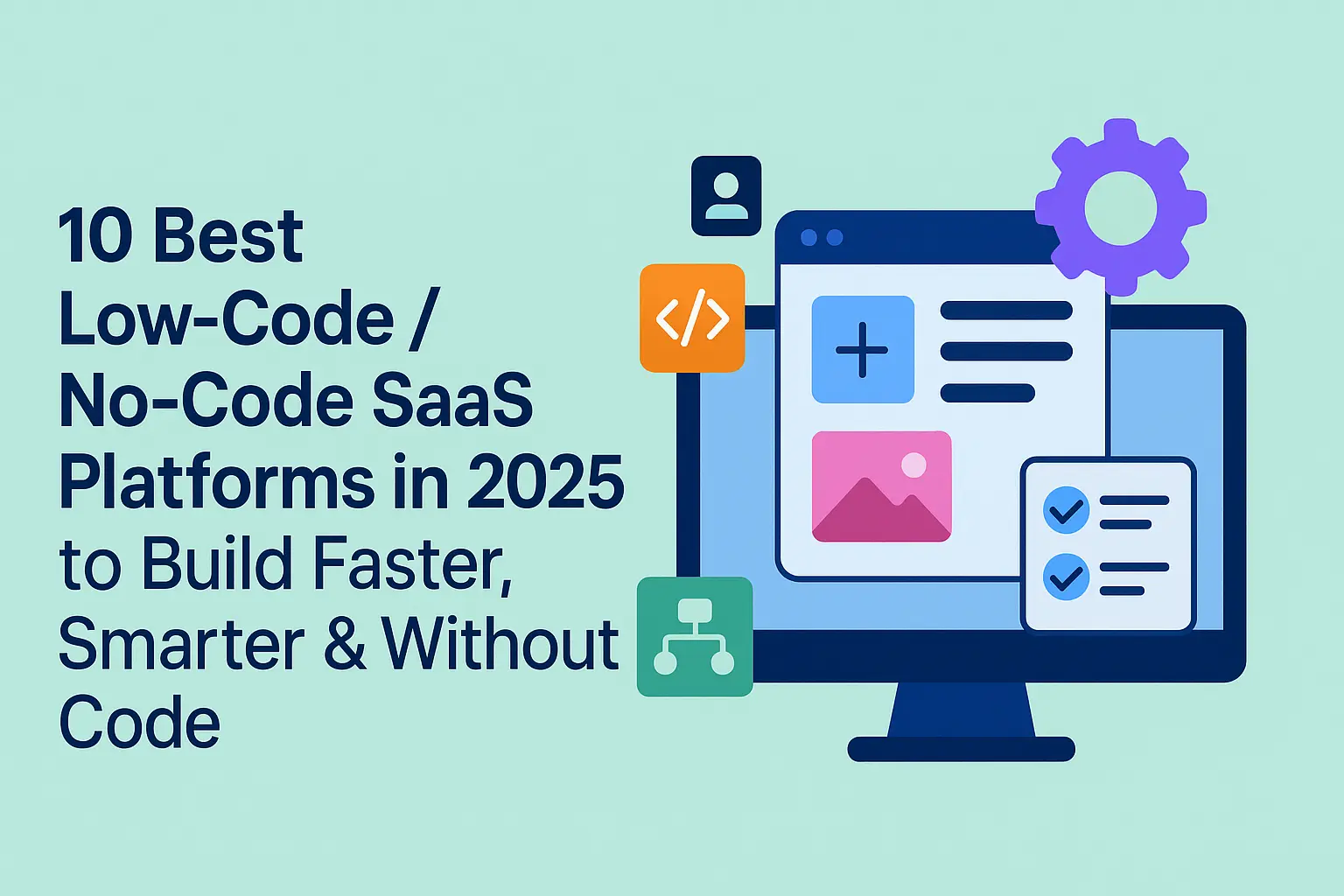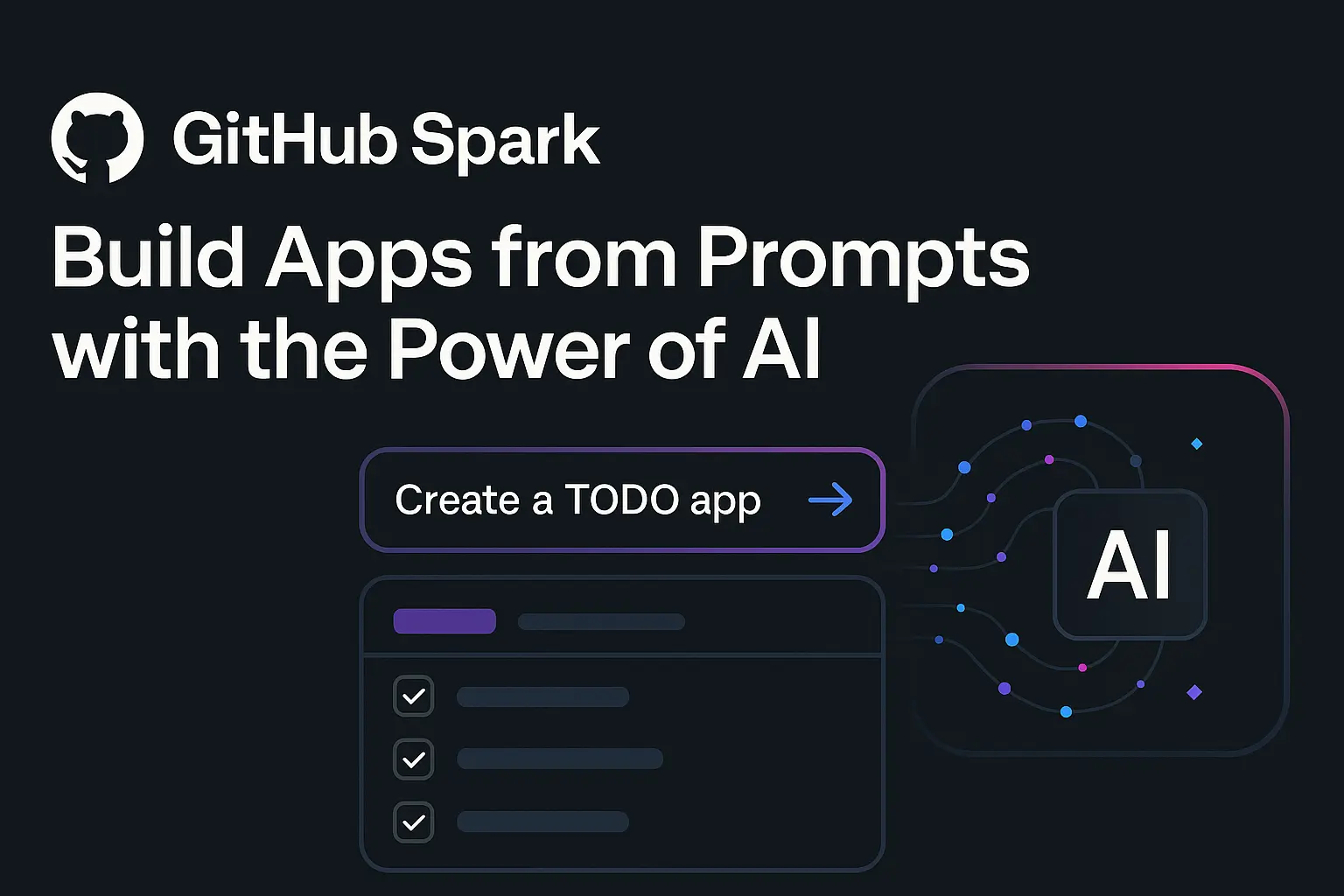Low-Code No-Code SaaS Tools are revolutionizing how businesses build apps, automate tasks, and scale faster in 2025. Gone are the days when building websites, apps, or automation required a team of developers. Thanks to Low-Code and No-Code platforms, anyone—from students to marketers and entrepreneurs—can now build sophisticated tech products with drag-and-drop interfaces, AI-powered prompts, and zero coding experience.
Choosing the right Low-Code No-Code SaaS Tools can help you automate tasks, reduce costs, and speed up your go-to-market strategy. We’ve handpicked the most intuitive and powerful Low-Code No-Code SaaS Tools that can transform how you build software.
Table of Contents
- Introduction
- What is Low-Code / No-Code?
- Why It’s Trending in 2025
- Benefits of Low-Code / No-Code Platforms
- Top 10 Low-Code / No-Code SaaS Tools
- 1. Lovable
- 2. Replit
- 3. Bolt AI
- 4. Gamma
- 5. Make.com
- 6. n8n
- 7. Bubble
- 8. Webflow
- 9. Softr
- 10. Notion
- Conclusion
Introduction
Low-Code No-Code SaaS Tools platforms are transforming how we work, launch startups, and build side hustles in 2025. Whether you want to automate your workflow, create SaaS tools, design landing pages, or generate content—these tools are game-changers. These Low-Code No-Code SaaS Tools are built with user-friendly interfaces, drag-and-drop logic, and plug-and-play integrations.
What is Low-Code / No-Code?

- Low-Code: Minimal hand-coding required. Ideal for developers who want to move faster.
- No-Code: Zero coding required. Use visual editors, wizards, and automation logic.
These platforms are designed to democratize development and allow non-technical users to build applications, workflows, websites, and more.
Why It’s Trending in 2025
- AI + Automation: The rise of AI tools like GPT and automation bots has fueled a need for tools that integrate fast.
- Solopreneur & Creator Economy Boom: Everyone wants to launch their own tools, startups, or personal brands without hiring developers.
- Remote & Lean Teams: Small teams need fast, efficient, and affordable ways to build internal tools or MVPs.
These Low-Code No-Code SaaS Tools are game-changers for creators who want fast, scalable solutions without writing a single line of code.
Benefits of Low-Code / No-Code Platforms
- Speed: Launch products in days, not months.
- Cost-Effective: No need to hire full dev teams.
- User-Friendly: Visual editors, templates, and AI make it easy for anyone to build.
- Scalable: Many platforms offer scalability from MVP to production.
- Community Support: Huge creator communities help with templates, plugins, and inspiration.
Low-Code No-Code SaaS Tools are revolutionizing how startups and solopreneurs build MVPs in record time.
Top 10 Low-Code / No-Code SaaS Tools
1. Lovable.dev

Best for: AI-powered website and app development
What it does:
Lovable is an all-in-one no-code platform that helps users create full-fledged web apps, AI tools, landing pages, and browser extensions—just from a prompt. You describe what you want (e.g., “Build an AI writing app”), and Lovable generates a working version using AI. It even includes a drag-and-drop editor for customization.
Key Features:
- AI prompt-based app builder
- Instant deployment on the web
- Drag-and-drop customization
- Supports SaaS and monetization
2. Replit

Best for: Code-based AI apps with collaborative development
What it does:
Replit is a powerful low-code coding environment where users can collaborate in real-time, use templates, and build backend/frontend systems using AI support (Ghostwriter). It bridges the gap between low-code builders and traditional dev environments, with a major boost in 2025 from its AI integrations.
Key Features:
- AI coding assistant (Ghostwriter)
- Real-time collaboration
- Instant web hosting
- Supports 50+ languages
3. BoltAI

Best for: Building AI agents and GPT-based chat tools
What it does:
BoltAI is the go-to no-code platform for creating custom AI tools like GPT agents, chatbots, internal tools, and even AI-powered dashboards. With a few clicks, you can integrate models like GPT-4 or Claude into your tools.
Key Features:
- Drag-and-drop AI tool builder
- Pre-built templates for chatbots, agents
- API integrations
- Supports OpenAI, Anthropic, Google AI
4. Gamma

Best for: Beautiful AI presentations and docs
What it does:
Gamma is an AI-powered no-code platform that helps you create stunning slide decks, documents, and reports—just from a prompt. It replaces traditional tools like PowerPoint or Canva for many use cases and is especially popular with startups and marketers.
Key Features:
- Prompt-to-presentation generation
- Beautiful, modern design blocks
- Interactive embeds and charts
- Export to PDF or web
5. Make.com

Best for: Workflow automation and system integration
What it does:
Make.com is a visual automation builder similar to Zapier, but with much more flexibility and power. It allows you to connect thousands of apps and services to automate repetitive tasks using drag-and-drop logic.
Key Features:
- Visual automation builder
- 1000+ app integrations
- Conditional logic, delays, and scheduling
- Great for complex workflows
6. n8n

Best for: Self-hosted automation with custom workflows
What it does:
n8n (pronounced “n-eight-n”) is a low-code workflow automation platform like Make, but open-source and self-hostable. It’s ideal for devs and businesses who want more control over their automation logic and hosting.
Key Features:
- Open-source and free to use
- Visual workflow editor
- API triggers and custom functions
- Can be self-hosted or used in the cloud
7. Bubble

Best for: Building complex web apps
What it does:
Bubble is one of the most powerful no-code tools for building full-stack web apps. You can design your front end, connect databases, and create workflows—all without writing code. Ideal for startups and internal tool creation.
Key Features:
- Visual drag-and-drop builder
- Custom database and logic
- Plugin marketplace
- Supports user authentication, payments
8. Webflow

Best for: Visual website design with pixel-perfect control
What it does:
Webflow is a designer-friendly no-code platform for building responsive websites. It combines the visual design of tools like Figma with the power of HTML/CSS/JS. Designers love it for its creative flexibility and clean code output.
Key Features:
- Visual designer and CMS
- Hosting and SEO tools included
- Export clean HTML/CSS
- Advanced animations and interactions
9. Softr

Best for: Turning Airtable/Google Sheets into web apps
What it does:
Softr allows you to turn Airtable or Google Sheets into powerful web portals, CRMs, client dashboards, or membership sites. Perfect for teams that already manage their data in spreadsheets and want to go live fast.
Key Features:
- No-code web app builder
- Built-in authentication
- Dynamic filtering and search
- Great for internal tools
10. Notion

Best for: All-in-one workspace for docs, databases, and automation
What it does:
Notion has evolved into a semi-low-code productivity suite with automation, AI content generation, linked databases, and API integrations. Users can now build personal CRMs, wikis, dashboards, and workflows all inside Notion.
Key Features:
- Blocks, templates, and AI assistance
- Powerful database support
- Embed charts, media, and forms
- Automation via Notion API and third-party tools
Explore More on LatestPrompt
If you’re passionate about productivity and emerging technologies, don’t miss our in-depth guides on GitHub Spark’s New Vibe Coding Feature. These posts dive into how AI and coding platforms are revolutionizing the way we build and create. Explore more to supercharge your workflow!
Conclusion
In 2025, Low-Code / No-Code SaaS tools are the new frontier of digital creation. Whether you’re building for fun, launching a startup, automating your workflow, or creating client projects — there’s a tool here that fits your needs.
The 10 platforms above stand out for their power, ease of use, and ability to empower non-technical users to do extraordinary things. If you’re not using at least one of these tools this year, you’re missing out on the biggest productivity revolution in tech.




Leave a Reply